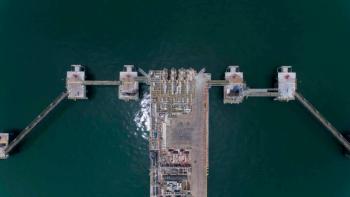
Peru LNG owns and operates the only LNG export facility in South America, consisting of a natural gas liquefaction plant, pipeline, storage tanks, and additional assets.

Jet Engine Borescope Inspections Boosted with AI Assist per GE Aerospace, Waygate Joint Development
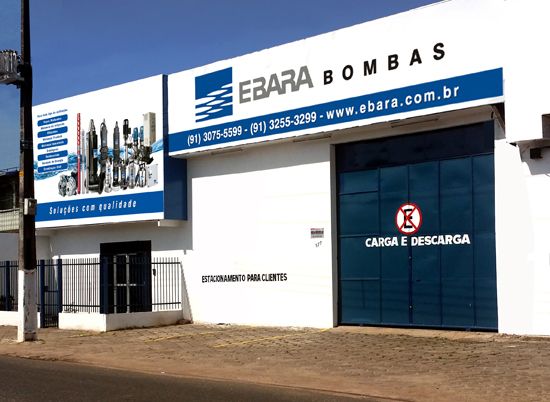
Ebara Acquires Majority Interest in Asanvil, Expands Pump Sales in South America

Peru LNG owns and operates the only LNG export facility in South America, consisting of a natural gas liquefaction plant, pipeline, storage tanks, and additional assets.

TPS 2024 tackled the latest challenges, solutions, and technologies in the turbomachinery industry.

Daniel Tegtmeier of EthosEnergy shares how remote monitoring has grown over the past several years and the advantages and challenges of virtual capabilities.

The Gillis Treating Plant will treat off-spec natural gas with services such as CO2 amine treating, gas dehydration, CO2 compression, and related utility and power systems.
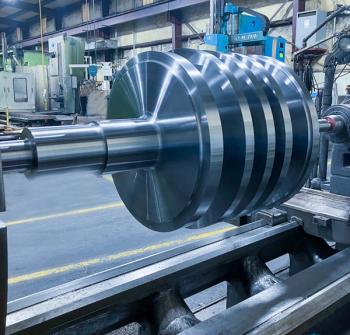
John Bartos, CEO of RMS, says acquiring precision engineering, advanced metrology, and more allows the company to provide end-to-end solutions.
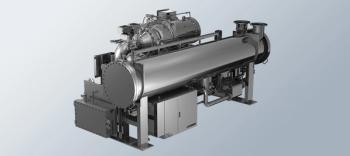
The Emirates Central Cooling Systems Corp. (Empower) will supply chilled water for cooling to residential, commercial, healthcare, educational, and multi-use projects.
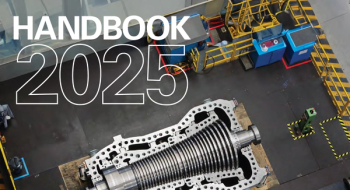
The 2025 Handbook includes a comprehensive outlook of the power industry and gas turbine market as well as an industry-wide directory and specifications listings.
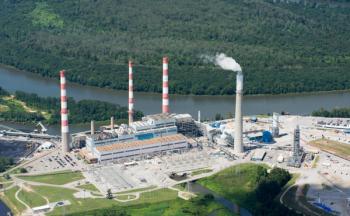
Integrating an exhaust gas recirculation system reduces the cost and footprint of a carbon-capture system and lowers operating costs.

Baker Hughes won a contract to supply the deepwater development with its compressor technology to minimize emissions and eliminate routine flaring.
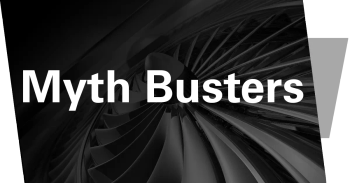
Part one of this two-part myth on a centrifugal compressor map covers the basic physics of the constant speed head-flow performance lines.

Blading Services Unlimited (BSU), an aftermarket manufacturer, focuses on producing new blading for all models of gas turbines, steam turbines, and compressors.

With the largest CO2 pipeline network in the United States, ExxonMobil will leverage its infrastructure for the newly leased 271,000-acre offshore storage site.
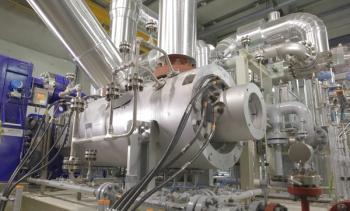
The 10 integrated compressor line (ICL) units will be installed and increase energy capacity at the Margham gas storage facility in Dubai.
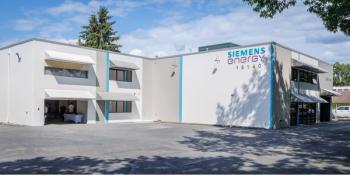
Siemens Energy is developing three technologies—an advanced rotor hydrogen compressor, a Turbo Heater, and a rotating olefins cracker—to drive the energy transition and reduce carbon emissions.

Turbocompressors with side streams are operated with tight tolerances on operational parameters compared to conventional compressors.
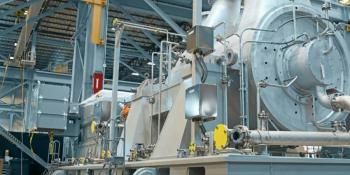
The core equipment was manufactured and tested at Mitsubishi Heavy Industries Compressor Corp.’s facility in Hiroshima, Japan, and was delivered in April 2024.
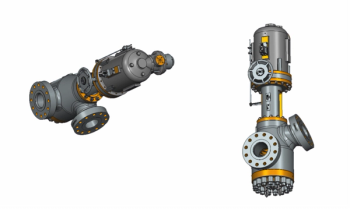
Modernization options for ammonia syngas trains can meet a wide range of plant requirements for uptime, efficiency, costs, and footprint.
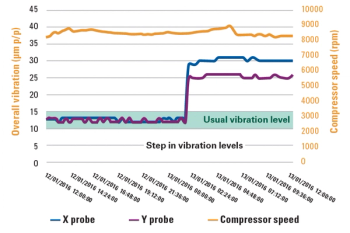
Machine learning techniques offer real-time anomaly detection that proactively identifies potential failures in turbomachinery.
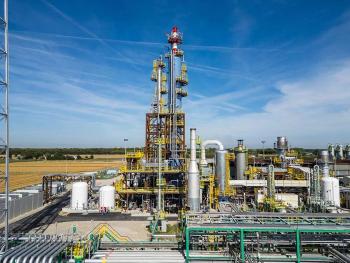
The KM CDR capture process treats low-CO2 flue gas from a natural gas turbine driving a turbocompressor to lower emissions by 90% with peaks of 96%.
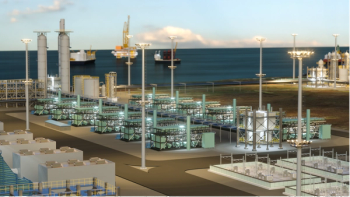
Baker Hughes’ NMBL LNG delivers flexibility in an increasingly dynamic LNG market.

As part of the center’s equipment testing, development, and quality assurance work, liquid hydrogen pumps will be tested with hydrogen at -253°C.
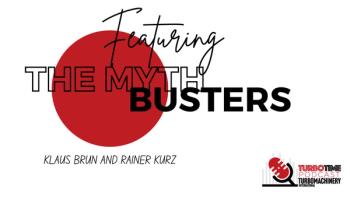
The Myth Busters, Klaus Brun and Rainer Kurz, talk about surge and choke on a compressor map.

CarbonEdge, leveraging an integrated dashboard, delivers real-time data and CO2 flow alerts across carbon capture, utilization, and storage (CCUS) infrastructure.

The global LNG market has been impacted by new liquefaction capacity, price fluctuations, and political intervention yet it is slated to grow at an unprecedented rate through 2028.
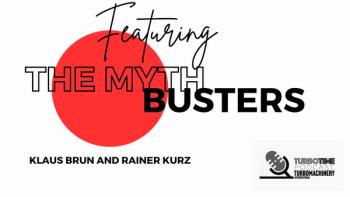
The Myth Busters, Klaus Brun and Rainer Kurz, talk about compressor maps—what they are, how they are generated, and what they are useful for.